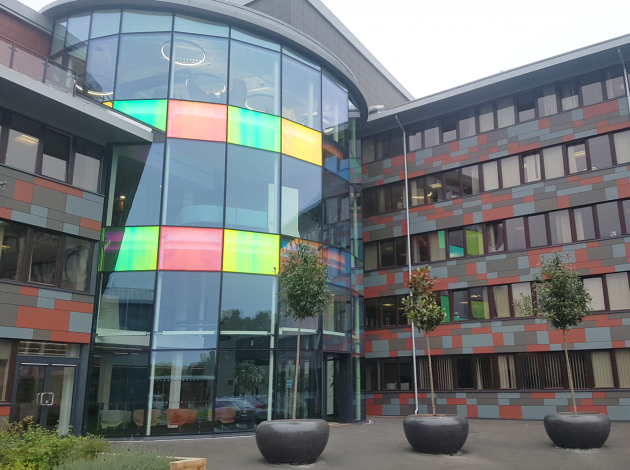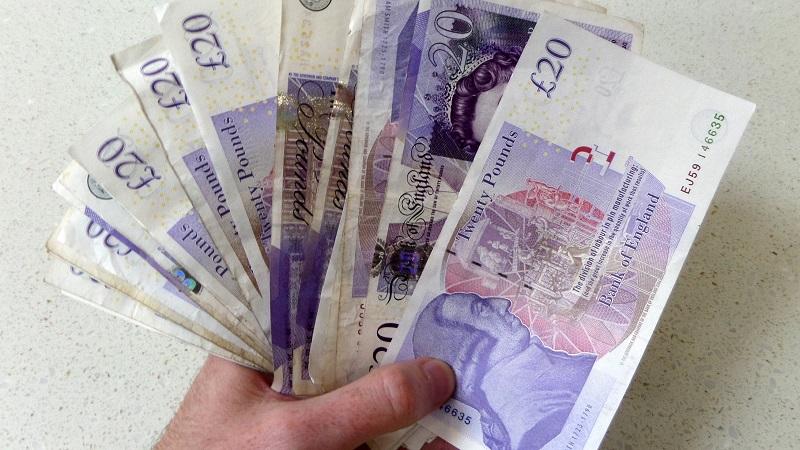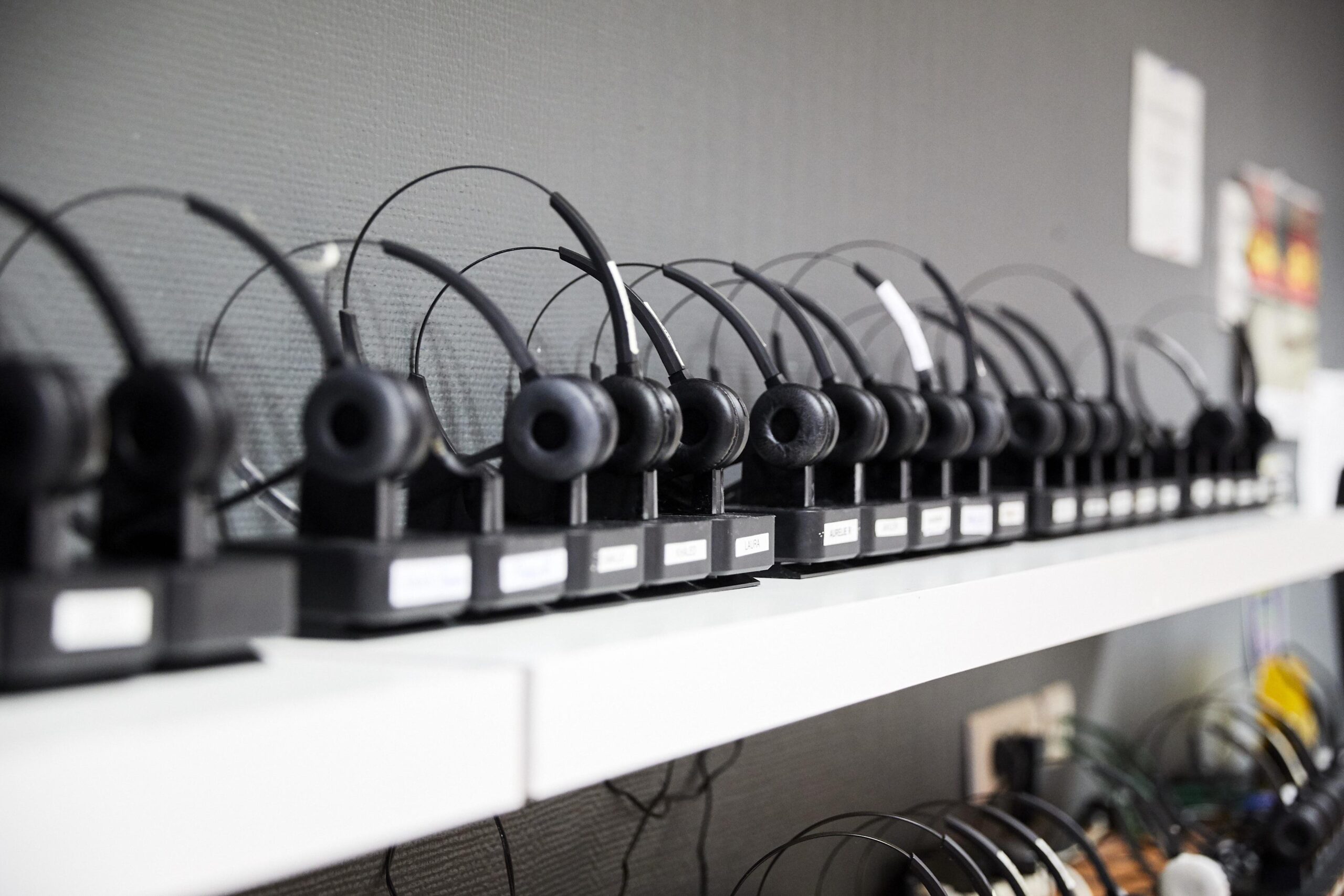UKHSA signs deals with BT and O2 to provide insights into ‘behavioural changes post-pandemic’
Credit: Rudy and Peter Skitterians/Pixabay
Government’s public-health agency will continue to use data from mobile-network operators tracking UK population movements – information which was used extensively during the national response to the coronavirus pandemic.
According to newly published commercial information, the UK Health Security Agency (UKHSA) recently signed contracts with O2 and BT – the owner of the EE network. The deal, which are worth a cumulative total of half a million pounds, both came into effect in late March. The O2 agreement is valued at £205,000 and runs for an initial one-year term, while the £290,000 BT deal will be in place until at least April 2025.
BT will use information gleaned from the location services of customers throughout the UK to provide UKHSA with two types of data sets, broadly covering journeys made by road and rail, and footfall in urban and suburban areas.
The engagement covers the provision of data from February and March of this year, as well as three full years of information, covering the period from March 2019 to March 2022.
The BT contract cites a number of the health agency’s potential uses for the data, including ongoing modelling of the spread of diseases, and helping to guide the response to public-health emergencies – including infectious illnesses, as well as extreme weather or biological incidents.
UKHSA also wishes to improve its “understanding of behaviours and behavioural changes post-pandemic, helping us understand the potential impact of wider health threats… establish a post-pandemic baseline of behaviour”.




